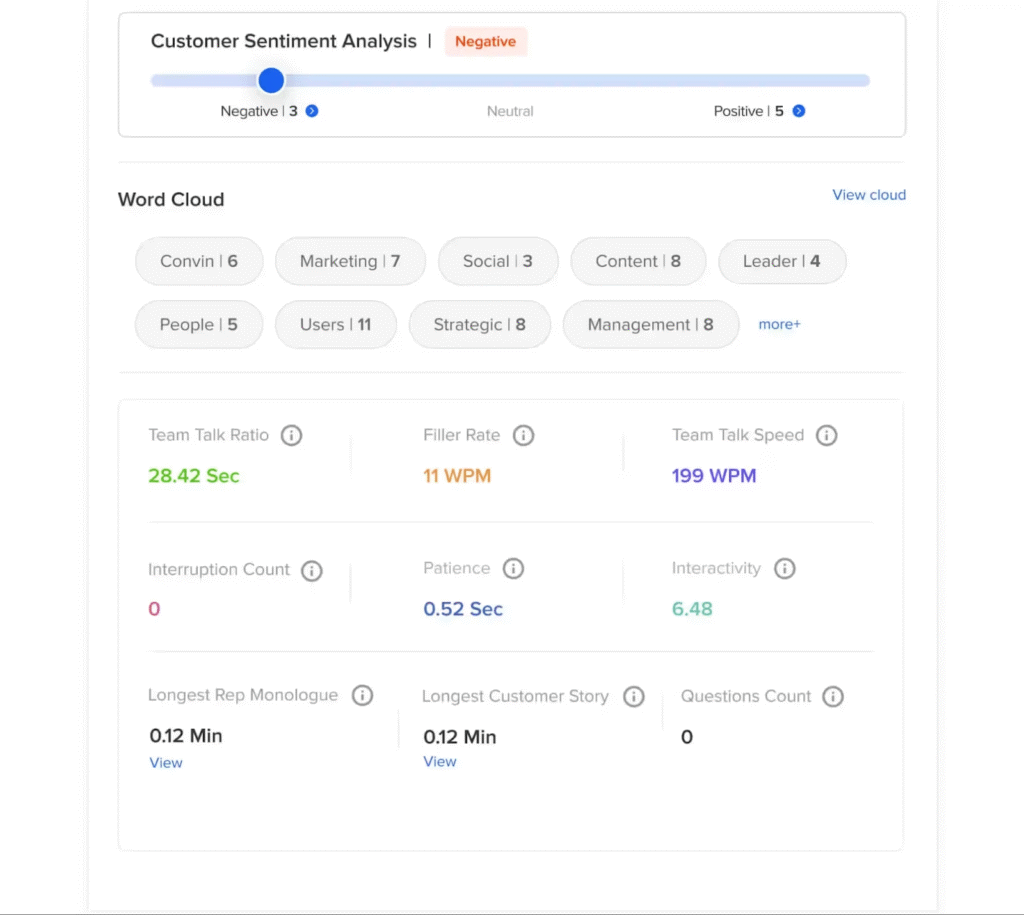Outbound calling remains one of the most misunderstood sales tools in today’s digital-heavy sales and marketing strategies. Many contact centers struggle with low conversion rates and high rejection because their techniques fall flat.
What is outbound calling? It’s the proactive process of calling prospects to sell, support, or engage. However, it often lacks strategy, personalization, and timing, resulting in poor outcomes.
Explore expert-backed techniques that make outbound calling convert; no fluff, just real results.
What Is Outbound Calling and Why It Still Works in 2025
In a digital-first world, outbound calling remains vital to business communication. Understanding what outbound calling means means knowing how it powers direct, personal outreach. It gives brands control over who they contact, when, and how the conversation unfolds.
- What is outbound calling? It’s when agents initiate calls to prospects or customers for business goals.
- It’s widely used in sales, support, collections, and customer success.
- Unlike inbound, it requires proactive planning and strategy.
- Contact centers rely on it for cold calling, upselling, or appointment setting.
- It works best in industries where relationship-building is key, like insurance, real estate, and B2B sales.
With advanced tools and better customer data, outbound calling is more efficient and relevant than ever. It’s not just about making calls, it’s about making calls that convert into results. Let’s now dive into how the proper techniques amplify this impact.
What Is Outbound Calling Without Targeting the Right Leads?
Targeting is everything. Without it, outbound efforts become noisy, unproductive, and frustrating. If you’re asking what outbound calling is today, the precision of who you call is half the answer. Proper segmentation and lead scoring determine how far your call goes.
- Utilize CRM data to categorize leads by behavior, demographics, or past interactions.
- Apply lead scoring to prioritize high-conversion prospects.
- Identify industries or regions with better closure rates.
- Avoid over-saturating the same segment with multiple agents.
- Tailor messaging for each customer type, don’t use the same pitch everywhere.
What is outbound calling if it doesn’t address someone’s specific problem or need? When calls are personalized, engagement increases, and so does your chance of conversion. The better your targeting, the stronger your results will be.
What Is Outbound Calling Without Timing and Follow-Ups?
Perfect timing changes the entire outcome of an outbound call. Knowing what outbound calling is also means understanding when to call and when to wait. Follow-ups ensure you’re remembered even when the first call fails.
- Best call windows: 10–11 AM and 4–5 PM on weekdays.
- Avoid Mondays, Fridays, and lunchtime hours when focus is low.
- Always schedule callbacks and send calendar invites if promised.
- Emails and SMS are used as soft touchpoints between calls.
- Maintain a record of call outcomes for strategic follow-ups.
One call isn’t enough. Consistent follow-ups build trust, especially when paired with value-driven messaging. What is outbound calling without persistence? It’s just another missed opportunity. Make timing your ally and stay top of mind with timely re-engagement.
Outbound Calling Without a Winning Script and Real-Time Coaching
Even a great product fails with a weak pitch. That’s why outbound calling must involve dynamic, not robotic, scripting. Agents need coaching that adapts in real-time, not just after a failed attempt.

- Start with attention-grabbing intros: mention pain points or shared context.
- Use empathy, not pressure: understand objections and guide through them.
- Include probing questions to explore customer intent.
- Avoid overloading with product features: focus on value instead.
- Real-time coaching tools can correct mistakes as they happen.
Scripts are starting points, not finish lines. Live support ensures every agent stays on message, tone, and target. With the proper training and tools, what is outbound calling becomes a real-time performance.
What Is Outbound Calling Without Analyzing and Adapting?
Outbound success isn’t set-and-forget. You must analyze performance to understand what outbound calling is in action. Every conversation reveals insights that sharpen future outcomes.
- Review call recordings to find tone, language, and pacing issues.
- Track closure rates, objections, and decision delays across agents.
- Use scorecards to benchmark performance across teams and departments.
- Run A/B tests on different intros, pitches, or closing lines.
- Share learnings from top-performing calls as internal case studies.
Change is constant. Agents improve when feedback is timely, relevant, and data-backed. What is outbound calling if it stays static? A missed evolution. Keep testing. Keep optimizing.
What Is Outbound Calling? A System That Drives Real Results
When executed strategically, outbound calling becomes more than just dialing numbers; it becomes a high-conversion system. Understanding outbound calling helps leaders craft more effective scripts, refine targeting, and equip agents with valuable tools.
The techniques you’ve read aren’t just theory; they’re field-tested. Adopt them, adapt continuously, and turn every outbound call into a worthwhile conversion opportunity.
